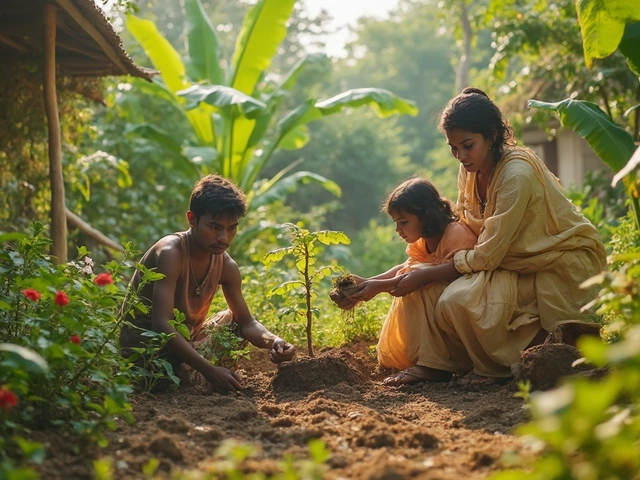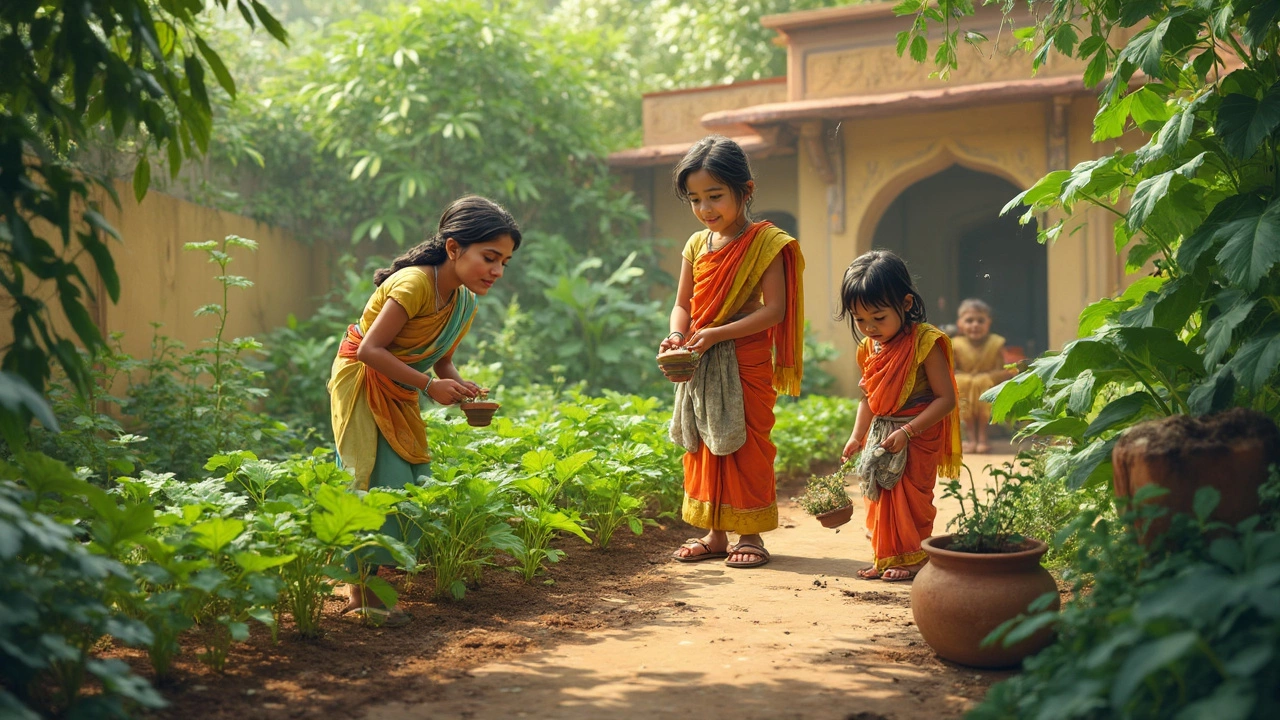Low-Impact Food: Simple Steps for Indian Gardens and Kitchens
Feeling overwhelmed by the idea of going green? You don’t have to overhaul everything at once. Start with a few low‑impact food choices that fit right into your garden and kitchen. Below are practical tips you can try today, plus why they matter for the planet and your pocket.
Choose Zero‑Waste Fruits
Some fruits give you more than just the edible flesh – their skins, seeds, and even leaves can be used. Think of mango peels for pickles, banana skins for compost, or citrus zest for flavor boosters. By using every part, you cut kitchen waste and add valuable nutrients back to the soil.
Grow Food with Minimal Resources
Drip irrigation is a game‑changer. Burying drip lines shallow enough to stay safe but deep enough to reach roots saves water and cuts your bill. Pair this with companion planting – for example, planting basil next to tomatoes can repel pests and improve flavor without chemicals.
When soil feels heavy, add organic matter like compost or shredded leaves. Lightening the soil improves drainage, letting roots breathe and reducing the need for extra watering.
For balconies or small spaces, vertical gardening lets you stack herbs, lettuce, or even dwarf beans. Use recycled pallets or hanging pockets, and you’ll get fresh produce without taking up floor space.
Choosing native or climate‑adapted varieties means the plants need less water and fewer fertilizers. In India, crops like amaranth, moringa, and certain millets thrive with minimal input and pack a nutritional punch.
Finally, think about food storage. Freezing extra produce or turning surplus fruits into jams extends shelf life and prevents waste. A simple jar of zero‑waste fruit jam can replace store‑bought versions loaded with sugar and plastic.
Start small: pick one fruit to use entirely, set up a drip line for a few beds, or add a compost bin to your balcony. Each step reduces your environmental impact while feeding your family fresh, tasty food.
Remember, low‑impact food isn’t about perfection – it’s about making smarter, easier choices that add up over time. Happy growing and cooking!
Most Sustainable Vegetable to Grow: What Actually Wins?
Trying to grow your own food but want to make the most eco-friendly choice? This article breaks down which vegetable tops the list for sustainability, from how much water and space it needs, to how tough it is against pests. You'll get straightforward advice, fun facts, and simple tips that actually make a difference. Find out how your home garden can leave a lighter mark on the planet. Make your next crop count for both you and the earth.
About
Sustainable Gardening
Latest Posts

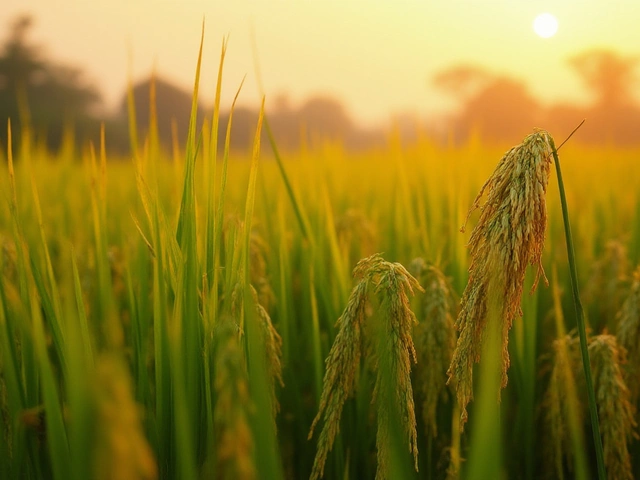
How Many Rice Grains from One Plant: Surprising Yield Facts You Need to Know
By Alden Thorne Jul 25, 2025
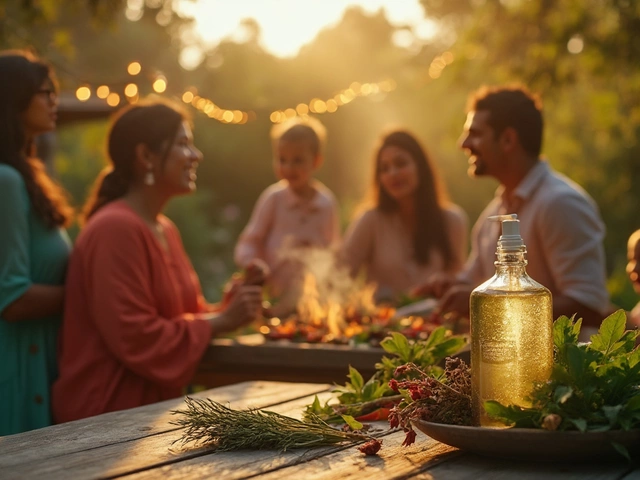
Number One Natural Insect Repellent: The Truth About What Really Works
By Alden Thorne Jun 10, 2025
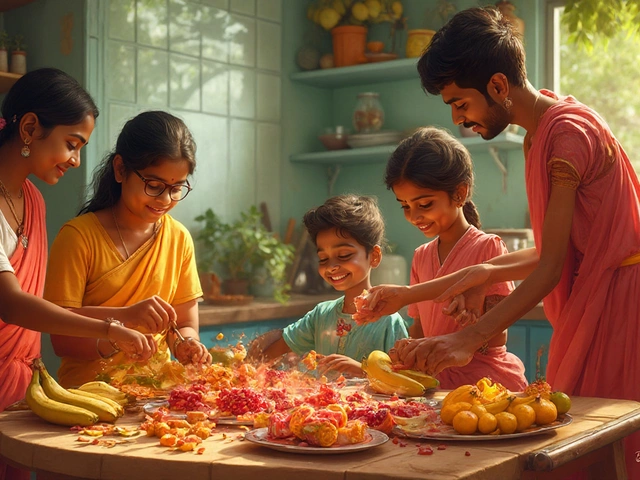
Zero-Waste Fruits: Edible Fruits with No Waste and How to Use Every Part
By Alden Thorne Aug 5, 2025
